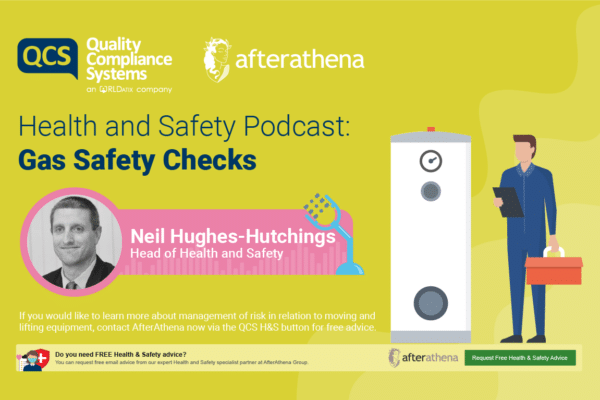As dental radiation is considered a hazard, dental practices are expected to follow health and safety regulations and in particular Ionising Radiation Regulations 1999 (IRR 1999) and Ionising Regulations (Medical Exposures) Regulations 2000 (IR(ME)R 2000).
IRR 1999 is concerned with equipment safety and also with the safety of staff and patients. It is regulated by the Health and Safety executive.
The essential legal requirements of IRR99
Notification – The HSE must be notified of the routine use of dental X-ray equipment and of any material changes to a notification including a change in ownership of the practice of a move to new premises.
Prior risk assessment – This must be undertaken before work commences and be subject to regular review. All employers are recommended to record the findings of their risk assessment, but it is a requirement for employers with five or more employees. A five-step approach is recommended by the HSE: 1. Identify the hazards (i.e. routine and accidental exposure to X-rays). 2. Decide who might be harmed and how they might be affected. 3. Evaluate the risks and decide whether existing precautions are adequate or whether more precautions need to be taken. Implement additional precautions, if needed. 4. Record the findings of the risk assessment. 5. Review the risk assessment and revise it, if necessary.
Radiation Protection Adviser (RPA) – A suitably trained RPA must be appointed in writing and consulted with to give advice on IRR99. The RPA should be an expert in radiation protection and will be able to advise on compliance with the Regulations and all aspects of radiation protection.
Radiation Protection Supervisor (RPS) – An RPS – usually a dentist or senior member of staff in the practice – should be appointed to ensure compliance with IRR99 and with the Local Rules.
Local Rules – All practices should have a written set of Local Rules relating to radiation protection measures within that practice and applying to all employees and to each machine.
Critical examination of each x-ray set should be carried out by the RPA every 3 years.
Essential legal requirements of IR(ME)R 2000
Justification of each exposure must be recorded in the clinical notes and must be deemed to produce a net benefit to the patient.
Optimisation – All doses must be kept as low as reasonably practicable (ALARP) consistent with the intended purpose.
Clinical audit should be carried out regularly to assure quality.
Continuing professional development of at least 5 hours in every 5 year cycle should be carried out by all staff involved in medical exposures.







